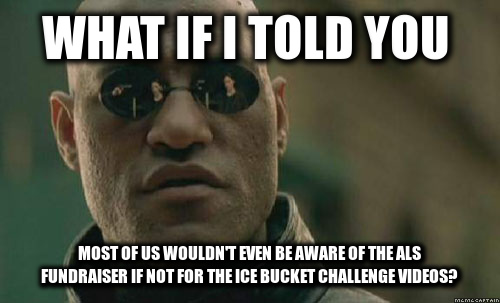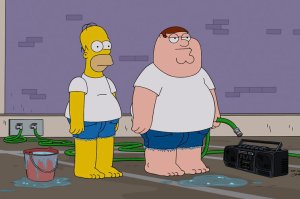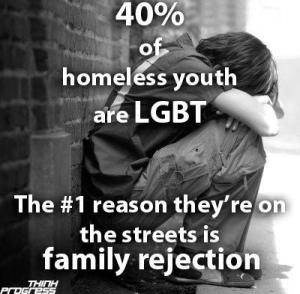This past Wednesday I had the pleasure of tuning into our basketball team’s game against the Maine Black Bears. It was the first time I’d watched an Albany game in its entirety and I must say it was a good one. The Great Danes, a team that isn’t known to have bow out wins, dominated Maine throughout the entire game. Below is a play-by-play of what I observed during the short hour and a half game:
7:16 p.m. – Peter Hooley, good energy! 75 percent free throws this year. Nice!
7:17 p.m. – Commentators- stop just stop. Enough with the Aussie jokes
7:18 p.m. – Player down on Maine!
7:18 p.m. – 1st quarter. Albany ahead; 17-7.
7:20 p.m. – Evan Singletary #0…please don’t miss! *fingers crossed*
7:23 p.m. – Evan already has 11 points in the game. Hopefully he, as well as the rest of the team, keeps it up
7:23 p.m. – Nine minutes left in the game. Score 26-9 Albany
7:25 p.m. – Sanders goes for the 3….miss.
7:27 p.m. – Coach Brown calls for a 30 second timeout
7:30 p.m. – 31-14 lead for Albany.
7:30 p.m. – Albany is dominating this game.
7:31 p.m. – Will Baker, a freshman from Minneapolis, gets a 3
7:32 p.m. – #31 back in for Maine
7:38 p.m. – Albany rebounds 20-6
7:39 p.m. – Albany ahead by 20. Score: 19-39
SECOND HALF
8:00 p.m. – Albany not known for blow outs but so far it’s looking like Maine might be a blow out game
8:03 p.m. – Mike Rowley keeping the possession alive for Albany
8:03 p.m. – 24 point lead for Danes
8:04 p.m. – Bob Walsh calls for timeout
8:09 p.m. – Kevin Little pulls out the 3
8:09 p.m. – FOUL!!!
51-29 Albany.
8:10 p.m. – 15:44:00 left in the game
8:12 p.m. – Peter H. knocks down a 3!
8:12 p.m. – Random thought: I never understood why teams traded baskets… OK back to the game!
8:13 p.m. – Four steals for Sanders
8:14 p.m. – Sanders finally in the double figures
8:15 p.m. – Rowley with the offensive foul
56-32 Albany
8:15 p.m. – Foul on Mike Rowley- his third one.
8:19 p.m. – Albany takes a timeout
8:20 p.m. – Hooley took a shot he KNEW he wasn’t going to make
8:22 p.m. – 61-41 Albany with 11:28:00 minutes on the clock
8:25 p.m. – Finally seeing signs of a little tenacity for Maine
8:26 p.m. – Travel! Albany gets the ball
8:28 p.m. – 68-43 Albany
8:34 p.m. – Offensive foul on Ray Sanders. Coach takes him out the game
78-61 with 2 minutes left in the game
8:44p.m. – Reece Williams checks in
8:45p.m. – 30 seconds left
8:45p.m. – Albany holding the ball
Final Score: Albany 83 Maine 66








